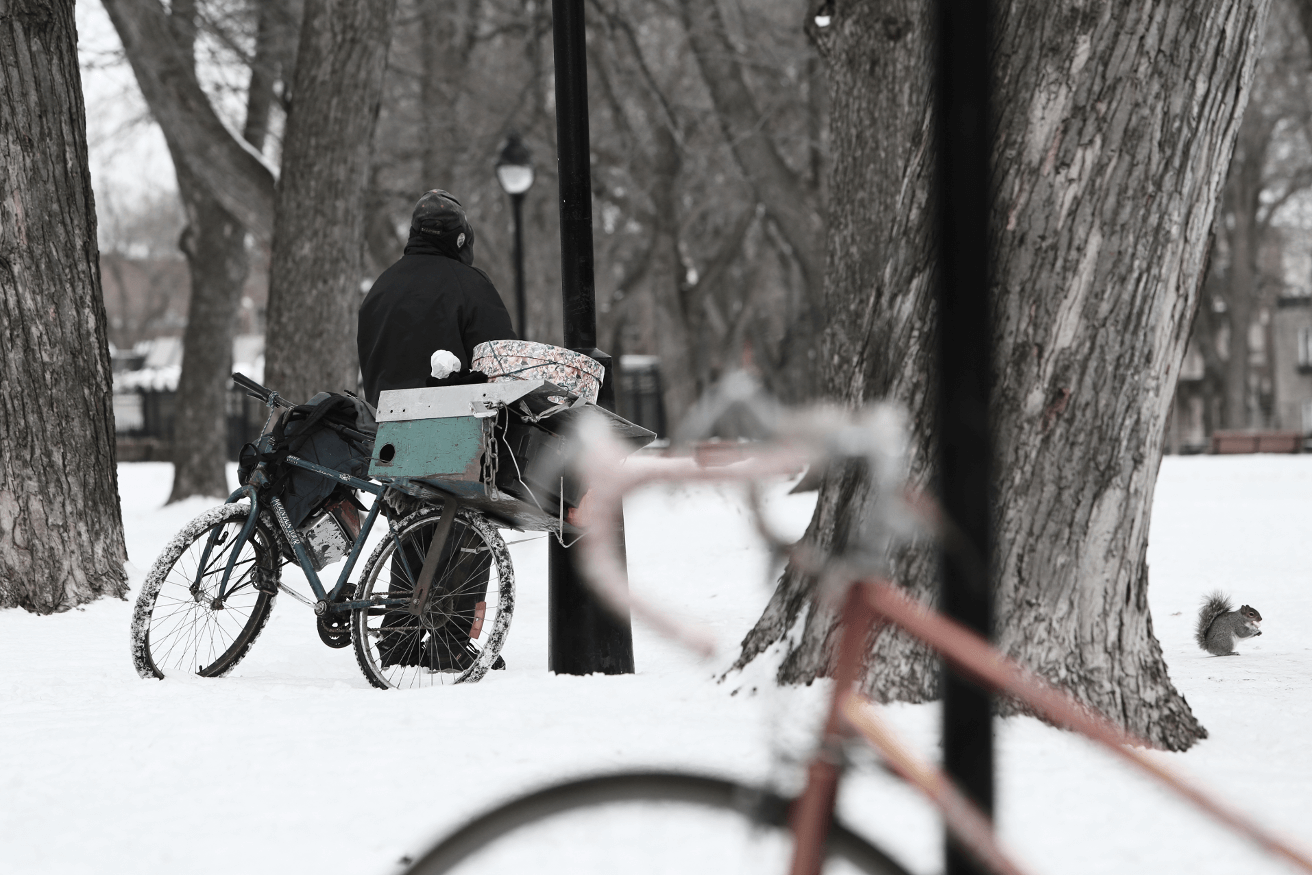Art and Culture
Forget Microaggressions, Some Students Face Hunger and Homelessness
There are many who go hungry or homeless. How can students prosper without food? Or without a safe place to sleep?

The rising tide of victimhood culture on campuses is dismaying. From perpetual requests for trigger warnings at my own school, to a roving squad of microaggression investigators on the other side of the coast, emotional trauma is the top concern of today’s college activists.
Everyone who fails to completely kowtow to the leftist, nursery-school party line is subject to rebuke, including students who try to address more troubling concerns than microaggressions or the lack of gender diversity in STEM fields.
Unfortunately, the superficial holy trinity of intersectional oppression—race, class and gender— is largely blind to the more pernicious issues that students actually face: hunger and homelessness.
Many students teeter precariously between having just enough, and not having anything at all. There are many who go hungry or homeless. How can students prosper without food? Or without a safe place to sleep?
For students, these problems result from a simple lack of resources — an imbalance between one’s social and financial capital, and the resources needed for rent and food.
Thankfully, it is within all of our ability to help these struggling students. Not only is it within our capacity to help, but it is within our moral duty to do so.
As I recounted in an essay for the Columbia Spectator, the first time I was asked “what’s the best library to sleep in?” by a fellow student, I didn’t have an answer. Since then, I’ve heard from a dozen other students who have also faced homelessness. Now, not only can I give an answer (the biggest library on campus is the best to sleep in), but I also often give these students referrals to other students who would be willing to let them crash on their couch.
While I am currently blessed to not face these problems (as a full-scholarship student at an elite college) I still care deeply about them. Not because of my current situation, but because of my upbringing in the inner-city on welfare, which brought these issues into my consciousness long before they occur to most.
But don’t take my anecdotes and foreboding rhetoric as evidence. The statistics concur.

According to Temple University professor Sara Goldrick-Rab, half of community college students face food or housing insecurity; 20% of community college students face acute hunger, and 13% deal with homelessness. Reliable research on food insecurity is hard to come by for other schools; logically, there is an inverse correlation between the percent of homeless students, and the percent of very well-off students.
According to numbers available from the the US government, there were 58,000 students who were homeless in 2013. I suspect the true number may be higher. None of the students I know who have faced homelessness, or are at risk of facing it, are legally considered as such by the federal government. No college I am aware of keeps tabs on their struggling students.
Student homelessness happens for a number of reasons. This can include being ostracized from one’s family for being queer, or being subject to abuse from parents. It can also result from parental drug use, incarceration, or simply general decay of the extended family unit.
In addition to statistics, there are also those who have spoken out. For example, there is Anna Demidova, a student from Columbia who has spoken about sleeping in the school student center. There is Christine Janumala, a Columbia student who told the Hechinger Report that she has eaten from dumpsters. There’s the petition from Jessica McCormick, a student who petitioned her school for winter housing when she had nowhere to go. And there’s more.
For the students who face these issues, the Internet only chronicles a few of their tribulations. Their stories have been largely lost to our national consciousness.
Thankfully, there’s numerous ways to help. For hungry students, colleges can offer food pantries and emergency grants to needy students. They can also raise awareness of the fact that many low-income students many be eligible for food-stamps if they are on work-study. For homeless students, colleges can offer on-site free emergency housing, and allow students to stay on campus during winter and summer break.
The federal government can appropriate more money towards support services for students, including supporting food assistance. And nonprofits can help through resource allocation and programming for struggling students.
Unfortunately, in this social climate, these issues are not as glamorous as the fight for trans rights or women’s’ liberation. When the only hunger that most student activists have is for more safe spaces, real hunger is functionally irrelevant on most college campuses.
And while the siren song of microaggression paranoia is soaked up by the media, and trigger warnings are becoming de rigueur on campus, don’t let stories on the Internet fool you. The symbol of the perpetually aggrieved and coddled student popularized by the media hides the struggles of those truly in need.
Some college students have real problems; they need real help, and it’s our moral duty to step in. What would you do for a hungry college student?






